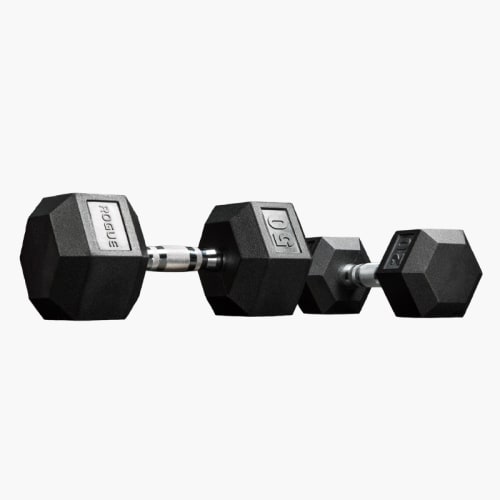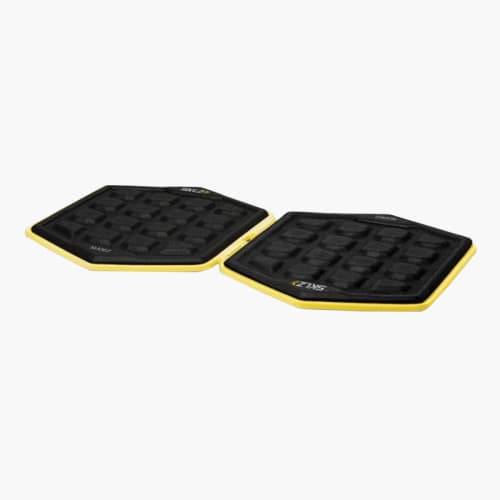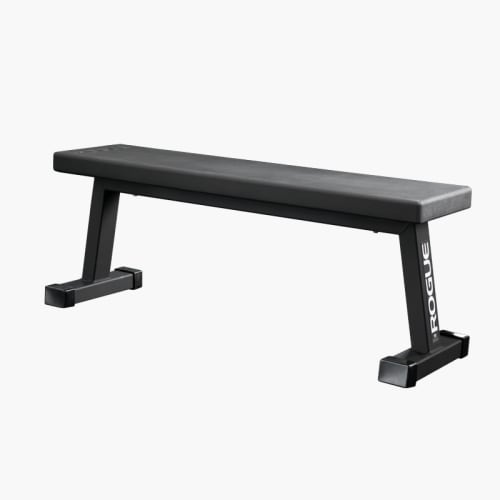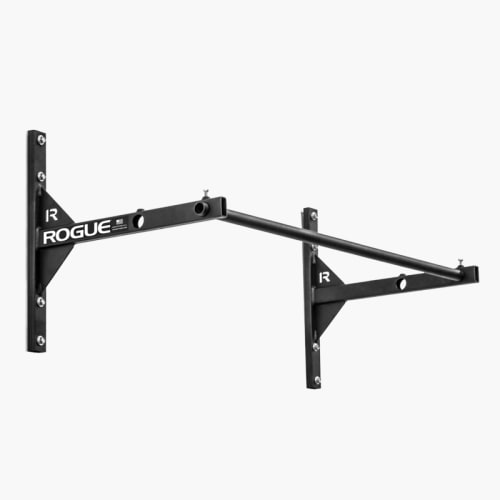Building The Ultimate Home Training Set Up
In this article I am am going to discuss what the ultimate minimalist home training set up might look like and why. Home training is getting more and more common and the difference between creating a training set up you love and one you do not enjoy can be the difference between being in good health and not.
- The Importance of Space
- The Importance of Ritual
- Assumptions
- Dumbbell Set
- Sliders
- Resistance Bands
- Bench
- Pull Up Bar
- Sample Home Training Session with This Set Up
- Advanced Session
- Videos of Exercises in Session
- Intermediate Session
- Videos of Exercises in Session
The Importance of Space
Humans love dedicating specific spaces to specific behaviours, we have churches to pray, offices to work at and gyms to exercise in. The importance of space cannot be underestimated when making the decision to train at home. In one form you are making exercise easier through taking the barrier away from going to the gym and in another way you are making it more challenging through blurring the lines of home and exercise.
Training at home is a bit like working from home, you will need to set the scene and set the tone if you want to get anything done. When you are about to start doing anything hard there is an internal resistance, our bodies want to avoid the energy expenditure. When this happens just before a home training session you can easily dive into a half an hour doom scrolling session or put on some Netflix, not an ideal home training set up. This is why building your training space is so crucial, it needs to be an environment that you find both motivating and appealing.
The Importance of Ritual
Ritual prior to behaviour can really help us move through our day, from one activity to the next, with exercise being one of the cornerstone habits within the day. Having a ritual before you perform a specific activity can really help put you in the mindset required for the activity, exercise being one of these activities.
For me personally, I work in a gym and do not train at home, however this means that the gym for me is where I work, train and coach. This means there are multiple behaviours I perform in one location and I need to transition between them. I use a ritual to both start and finish my training session, these are personal to me, just like your should be personal to you.
A ritual can be a light movement routine, a song, a floor based posture, a series of actions etc. My ritual before starting training is a 5’ movement flow I perform before the warm up, it just helps me flow into the new behaviour. This is even more important when you are training at home, you need something to signal that it is time to exercise and not perform other behaviours in your at home with plenty of temptations to avoid challenging exercise. Rituals are also a very important time to remember why you are doing what your doing, what brought you to this behaviour in the first place.
Assumptions
For this home training set up, I am making the assumption that you have limited space i.e you do not have access to a garage with barbells, bumper plates etc. This style of large home training set up is more like recreating a gym in your house, whereas for the purposes of this article I want to limit the equipment to five pieces of equipment that can take up minimal space in an apartment or house. Minimal has a different meaning for everyone, for some people this may be to much equipment.
With the five pieces of equipment below, you will be able to create years of effective strength training programmes to the point of being in exceptionally good shape, way past the point of the strength and muscle mass required to be in good health. I am leaving out the yoga matt as it goes without saying.
Dumbbell Set
Having a set of adjustable dumbbells or a few pairs of dumbbells will open up so many effective exercises for building strength and muscle that they are worth the investment. They take up minimal space and therefore can easily be stored away for when your not training. If you really want to make a worth while investment, buy the adjustable ones which allow you to use a wide variety of weights, this basically means you have access to all DB weights with just two dumbbells. If your plan is to actually take resistance training seriously then this is a worthy option.
When training at home you want to be able to continue progressing year after year, with adjustable DB’s that go up to 32kg this will give you ample space to grow and become strong. Once you can perform a rear foot elevated squat in lunge with 32kg each arm you will be an extremely advanced trainee. This compared to performing Air Squats for hundreds of repetitions, there is no comparison. If you were to have only one piece of equipment, it would be an adjustable DB set.
Sliders
Sliders are such an effective piece of equipment for training at home. They can be used to train both the upper body and the lower body, more specifically the muscles of the chest and the hamstrings. They also give you access to a vast array of core exercises. They allow us to take bodyweight movements that can become very easy and make them extremely challenging. If you are planning to train at home, you need to give yourself space to grow, this means that once you can perform 15+ press ups, you need an exercise that is going to increase the strength of the horizontal press movement, sliders provide that option. One issue with sliders is they require a surface that they can slide on, in most cases this will not be an issue however there will be floors that you will not be able to use sliders on, this is just something to take into consideration.
Resistance Bands
Having a set of resistance bands with differing band tensions opens up a wide array of exercise variations that can add a great deal of variety to your home training set up. They are also excellent for when you travel, you can take resistance bands and sliders and you can continue training like normal. If you do have an adjustable DB set then resistance bands will make up far less of your training programme but this doesn’t mean they are not a worth while addition.
Bench
Having a solid bench will make using the dumbbells so much easier, if you are going to invest in some adjustable dumbbells then I highly recommend also investing in a bench. In terms of variations for horizontal pressing, horizontal pulling and vertical pressing, it opens so many different options. Using the floor is a good option if you cannot put a bench into your home training set up, but if you have the space and budget, this is a worth while investment.
Pull Up Bar
The pull up bar is now easy to install wherever you live and can make a huge difference in your strength training programme. I know this is not a very minimalist training item, especially if it needs to be put up on the wall. However, if you are able to perform pull ups already, I do recommend investing in the pull up bar. It is the only way to move through the vertical pull movement pattern while training at home so therefore it makes the cut.
If you do not want to make this purchase because it takes up too much space, you may want to consider doing a training session outside where there is a pull up bar. You could easily do one session per week outside so you have access to a pull up bar on a weekly basis. If you are a long way off from performing a pull up, like the vast majority of people, then I wouldn’t include this in your home training set up unless it is a specific goal that you want to work towards.
Sample Home Training Session with This Set Up
Both of these sessions are extremely effective resistance training sessions that will lead to excellent levels of both strength and muscle mass.
Advanced Session
A) Rear Foot Elevated Squat in Lunge
B1) Pull Up
B2) Slider Press Up
C1) Tripod Stance Row
C2) Pallof Press
Videos of Exercises in Session
Buy Dumbbells ↗
Buy Pull Up Bars ↗
Buy Sliders ↗
Buy Dumbbells ↗
Buy Bands ↗
Intermediate Session
A) DB Squat in Lunge
B1) Tripod Stance Row
B2) Eccentric Press Up On Bench
C1) Banded Pull Down
C2) Pallof Press
Videos of Exercises in Session
Buy Dumbbells ↗
Buy Dumbbells ↗
Buy a Bench ↗
Buy Bands ↗
Buy Bands ↗
If you enjoyed this resource you can find more below or try Programme, a fitness app that plans every workout for you – based on your progress, equipment and lifestyle.
This resource was written by Sean Klein. Sean Richard Klein has thousands of hours of coaching experience and a BSc in Sports Science with Management from Loughborough University. He owns a gym in Bayonne France, CrossFit Essor, which runs group classes and a Personal training studio.
Sean Klein





